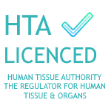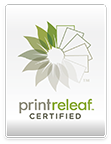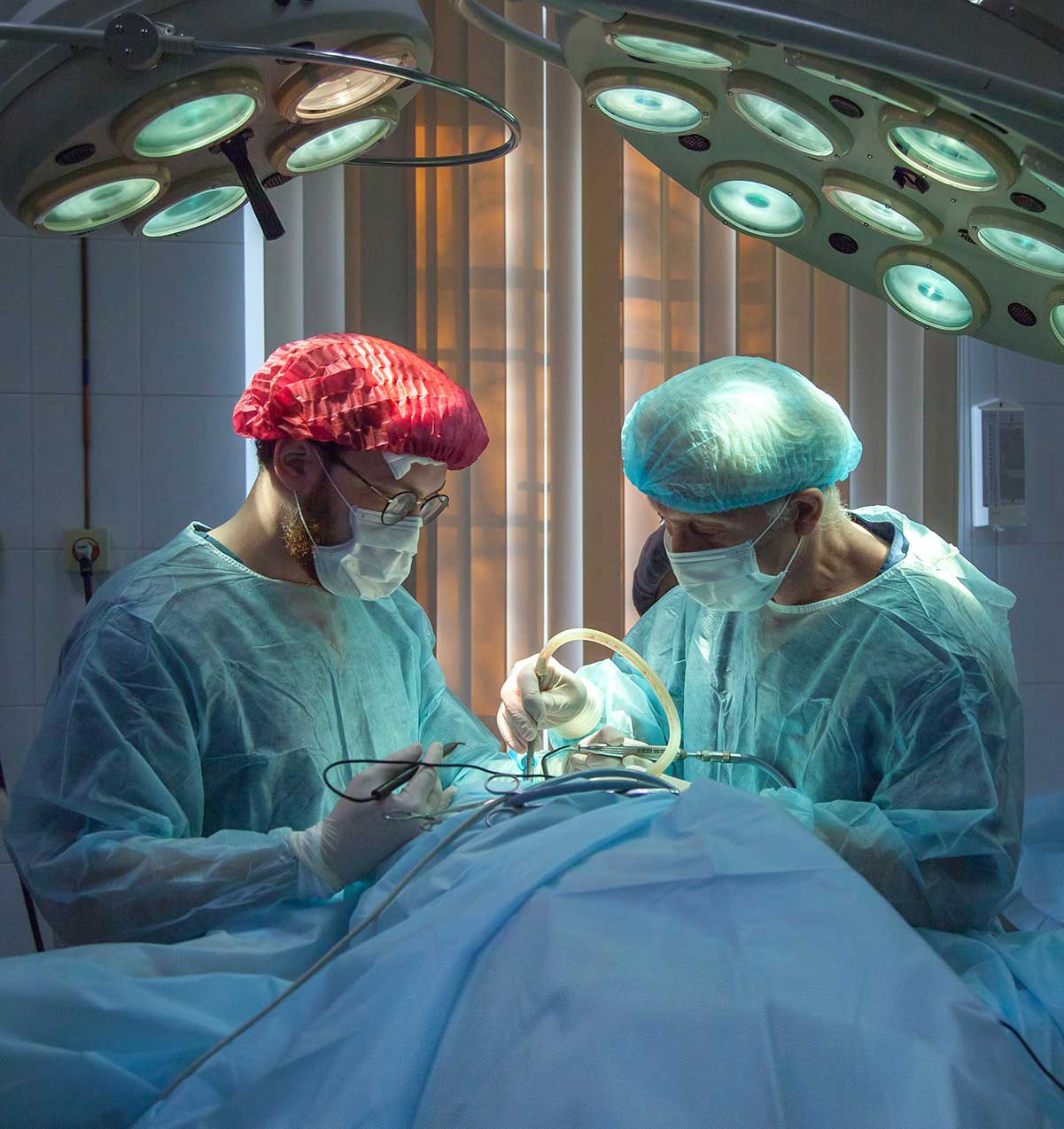
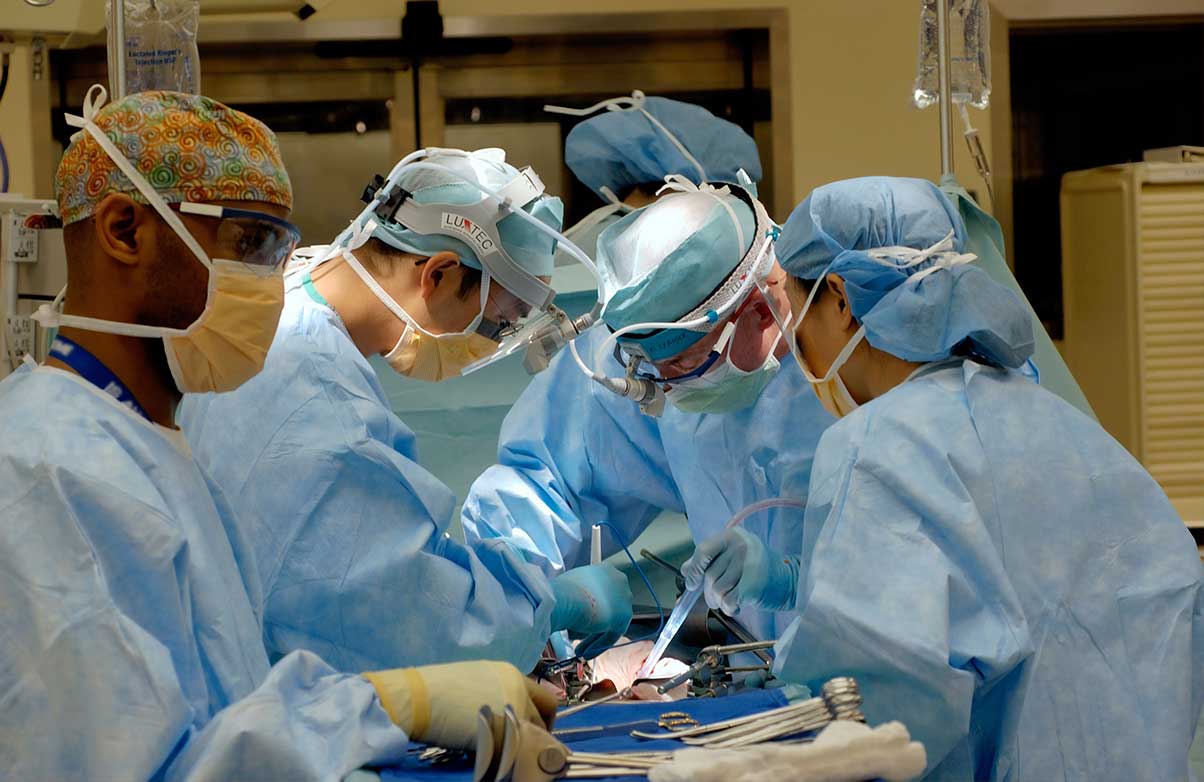
Cell counting and analysis in the Smart Cells laboratory
As with most reputable stem cell laboratories, Smart Cells measures two different cell populations within cord blood collections. Firstly, we measure the overall total nucleated cell (TNC) count in the sample. Within the TNC fraction, we analyse the viable stem cell content (CD34+ cells).
More about the Total Nucleated Cell Count (TNC)
The TNC fraction includes all the white blood cells present in the cord blood and is used as an initial cell count screening test. The TNC count, gives us the total number of several cell types but not the number of stem cells exclusively. The TNC count is often considered important by transplant centres when making an initial decision about whether a sample of cord blood can be considered for transplant.
Our recommendation for TNC level is 150 million.
More about viable CD34 stem cells
CD34 is the name of a protein on the surface of most stem cells. By measuring the CD34 expression combined with viability testing in the laboratory we can determine exactly the number of viable stem cells in a sample.
Our recommendation for CD34 level is 100 thousand.
Why is the viable CD34 measurement important?
The number of viable CD34 cells in a cord blood sample is a critical determinant of whether the sample can be used for many treatments. These stem cells are critical, particularly in the treatment of haematological (blood or bone marrow cancers) and some other conditions where chemotherapy may be used as part of the transplant procedure.
We are very stringent in our cell counting so that accurate results relating to any sample would be available to clinical teams should the sample be proposed for treatment.
The Smart Cells approach to CD34 results
Smart Cells feel that it is appropriate to advise customers of the exact number of viable CD34 cells in their sample and if the count falls below a certain level, we will advise you. However, we believe that the decision to continue storage or not, must ultimately rest with the customer.
CD34 positive stem cells and possible clinical applications
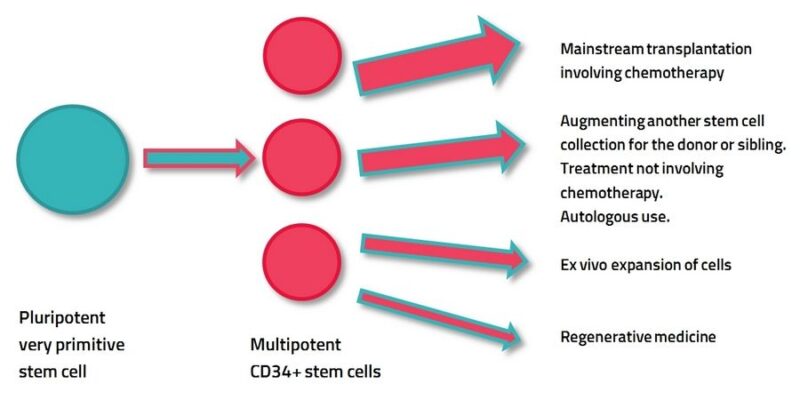
CORD BLOOD SAMPLES MAY BE POTENTIALLY USEFUL IN DIFFERENT WAYS
Transplant for malignant and non-malignant blood and bone marrow disorders
Defining cell numbers required for mainstream transplant for blood and bone marrow cancers or for other diseases such as thalassemia or sickle cell disease is difficult. A lot depends on the patient’s weight, age, disease type, other health problems and how much prior treatment they have had for example. The decision relating to the stem cell dose required is always the responsibility of the clinical team treating the patient.
Some treatments may require very high CD34 stem cell numbers, particularly if the patient is an adult and receiving very large doses of chemotherapy/kg of their body weight as part of their transplant regime.
However, lower numbers of viable CD34 cells may be sufficient to treat a small child, an individual not receiving chemotherapy, may be useful for self to self (autologous) use or to augment stem cell transplant where cells from other sources are being used.
Regenerative medicine and ex vivo expansion of stem cells
It is currently impossible to specify cell numbers for regenerative medicine as this is an evolving field. We are on the cusp of exciting times with cellular therapeutics with many clinical trials now underway, but in many cases it is not possible to be specific about dosages. Cell numbers required may be lower and also a different stem cell type will be required in regenerative medicine compared to transplantation. In the field of regenerative medicine, the aim is not to treat cancer, but to harness the power of mesenchymal stem cells (MSCs) present in cord blood to help repair tissues and organs that are damaged in some way. Recent applications have included use in cardiac, neurological and orthopaedic conditions for example. Regenerative medicine utilising cord blood is featuring in many clinical trials worldwide.
It is recognised that stem cell numbers can sometimes be limiting for blood and bone marrow cancer treatment for example. To address this, there are clinical trials being undertaken using laboratory (ex vivo) expansion of cord blood stem cells to generate the higher doses of stem cells which may be required in some cases. This innovative clinical trial activity is being targeted at publicly banked cord blood at present but may be applicable to cord blood samples that are privately banked in the future.
Low TNC and/or viable CD34 levels
Smart Cells sets a level of 150 million TNCs below which we will advise parents that this advisory target has not been met. Although there is typically a correlation between lower TNC numbers and lower CD34 stem cell counts, this is not always the case. Unless the CD34 count within the TNC fraction falls below a critical level (see below), we will process and bank the cells and advise parents accordingly. This referral to parents process gives the opportunity to our clients to learn more about the possible clinical applications for their particular cord blood sample and allows them to decide on continuing storage or not.
Based on current scientific knowledge, Smart Cells advises that cord blood viable CD34 stem cell levels lower than 100 thousand in total are unlikely to be sufficient for therapeutic purposes. You will be advised by Smart Cells if your cord blood sample falls into this category and is considered to be too low to be sufficient for clinical use. We will bank all samples that are above this level whether the sample is considered to be potentially useful for mainstream transplantation for blood and bone marrow conditions where chemotherapy is used or for regenerative medicine.
Please note that the cell target numbers and potential applications are purely advisory, and many factors are taken into account by clinical teams when considering a particular product for potential transplant.
https://parentsguidecordblood.org/en/trials
https://stemcellres.biomedcentral.com/articles/10.1186/s13287-015-0113-2/tables/1
https://www.savethecordfoundation.org/stem-cells-from-cord-blood-in-regenerative-medicine.html
https://parentsguidecordblood.org/en/news/clinical-trials-expanded-cord-blood
